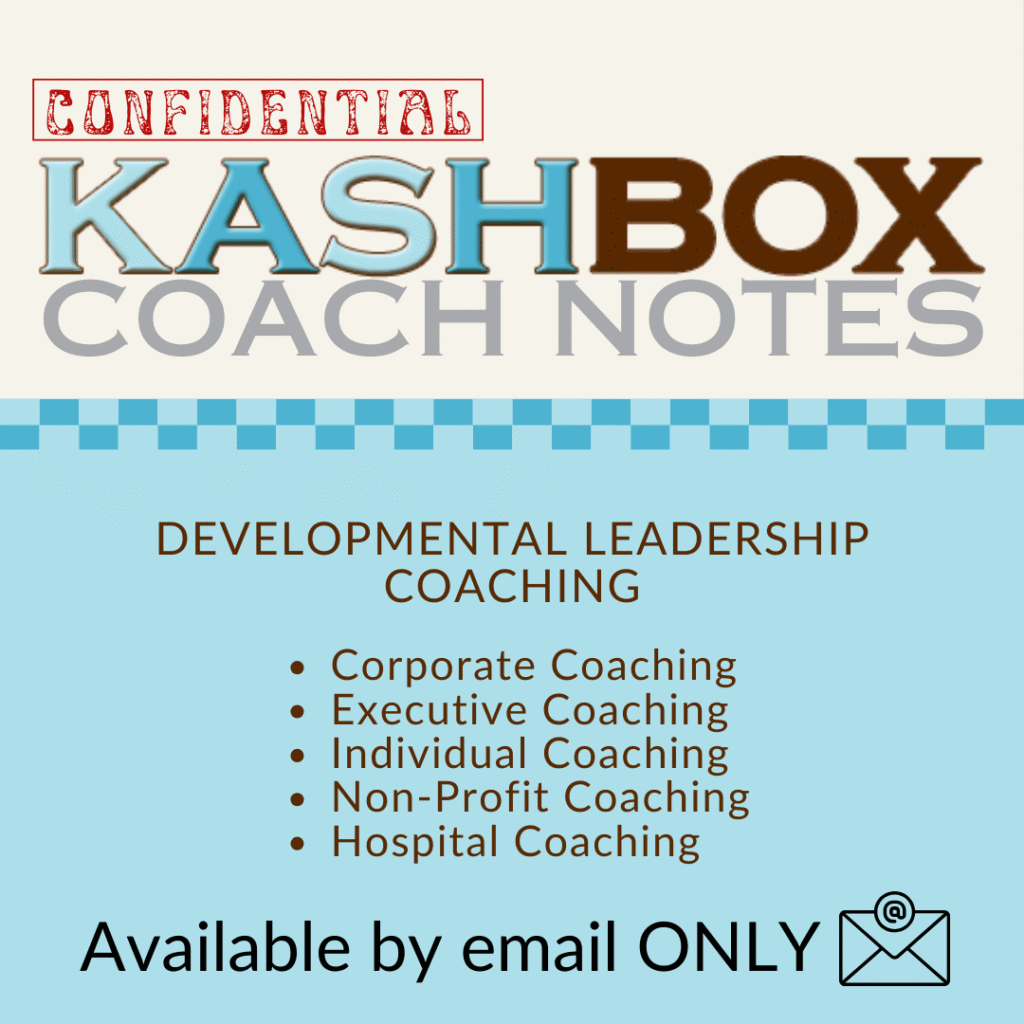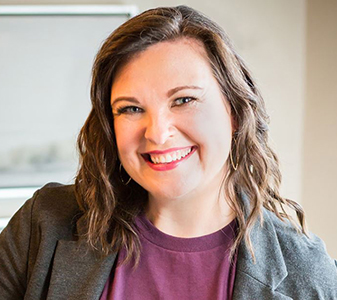Q1: What does “intergenerational” mean?
A: “Intergenerational” refers to two generations’ interactions, relationships, or exchanges. This term often highlights the connection between, for example, parents and children or grandparents and grandchildren, emphasizing the flow of knowledge, culture, values, and experiences from one generation to the next.
Q2: What does “multigenerational” mean?
A: “Multigenerational” describes a setting or interaction that involves three or more generations simultaneously. This term is commonly used to refer to households, workplaces, or communities where multiple generational cohorts—such as Baby Boomers, Generation X, Millennials, and Generation Z—coexist, interact, and contribute their diverse perspectives.
Q3: How do intergenerational and multigenerational contexts differ in family dynamics?
A:
- Intergenerational: Typically focuses on the relationship between two generations, such as the bond between parents and children. It often emphasizes transferring values, traditions, and life lessons directly from generation to generation.
- Multigenerational: Involves several generations living or interacting together, such as grandparents, parents, and children, all within the same household. This setting can enrich the family dynamic with a broader range of experiences, perspectives, and support systems but may also require more nuanced communication and conflict resolution strategies.


5 Powerful Secrets of High-Performing Leaders
✓ 4 Strategic Wins for instant clarity and execution
✓ Beat Parkinson’s Law to dominate your schedule
✓ Optimize Your Energy for unstoppable productivity
✓ Read to Lead to accelerate personal and career growth
✓ Proven Learning Method that cements breakthroughs
Q4: How do these concepts apply in the workplace?
A:
- Intergenerational: In a workplace, this might refer to mentorship programs or collaborations between senior and junior employees, emphasizing knowledge transfer and career development between two distinct age groups.
- Multigenerational: A multigenerational workplace includes employees from various age groups—from young professionals to seasoned veterans. This diversity can drive innovation through varied viewpoints but necessitates inclusive strategies to bridge communication styles and work habits.
Q5: Why is it important to distinguish between intergenerational and multigenerational settings?
A: Recognizing the differences helps in tailoring strategies for communication, leadership, and conflict resolution. For example, mentoring might work well in an intergenerational setting, while a multigenerational environment might require broader initiatives that accommodate diverse values, experiences, and expectations from multiple age groups.
Q6: How do communication styles differ in intergenerational versus multigenerational interactions?
A:
- Intergenerational: Communication tends to be more straightforward, often reflecting a clear hierarchy or mentorship dynamic, such as between a parent and child.
- Multigenerational: Communication must account for a broader range of styles. Younger employees might favor digital communication and rapid feedback, while older generations prefer face-to-face meetings and formal communication. Balancing these preferences is key to effective interaction in a multigenerational setting.


Bite-sized leadership not published anywhere else.
You can unsubscribe at any time.
Q7: What are the benefits of intergenerational interactions?
A: They foster direct mentorship and the swift transfer of wisdom and cultural values. This targeted relationship can build strong bonds and provide explicit personal and professional development role models.
Q8: What are the advantages of a multigenerational environment?
A: A multigenerational environment harnesses a broader spectrum of experiences and skills. The mix of perspectives can enhance problem-solving, drive innovation, and create a more dynamic culture in family and work settings.
Q9: Can intergenerational and multigenerational interactions overlap?
A: Yes, they can. For instance, a multigenerational household inherently contains multiple intergenerational relationships (such as grandparent-grandchild and parent-child). However, while intergenerational interactions focus on a single generational link, multigenerational interactions simultaneously consider the dynamics among all present generations.
Q10: Where can I find additional resources on intergenerational and multigenerational dynamics?
A:
- Academic Journals & Books: Look for research on family studies, workplace diversity, and generational dynamics.
- Workshops & Seminars: Many organizations offer training on managing multigenerational teams and improving intergenerational communication.
- Online Articles & Webinars: Professional networks and platforms like LinkedIn often feature thought leaders discussing best practices for navigating these dynamics.
Understanding the distinctions between intergenerational and multigenerational settings can help organizations, families, and communities create environments that effectively respect and utilize each generational cohort’s strengths.


As the President of Kashbox Coaching my mission is to empower leaders by highlighting their unique strengths and unlocking their leadership potential – to develop all quadrants of their Kashbox (Knowledge, Attitude, Skills, Habits)!
For over 15 years, Hannah Kay Herdlinger has empowered individuals to unlock their full potential and design fulfilling careers and lives. She championed leadership at Sheryl Sandberg’s Lean In and Arianna Huffington’s Thrive Global.
The Kashbox method, created by the founder of Kashbox Coaching, offers leaders a unique path to success and positive change. It goes beyond traditional coaching by integrating leadership development, resilience training, and the power of connection to elevate client experiences.
Hannah Kay’s passion is igniting positive and lasting transformations. Through executive, corporate, and individual coaching, she helps clients align professionally. Her journey is a testament to the transformative power of coaching. Her unwavering commitment to empowering others is evident in her own growth and the success of her clients.
